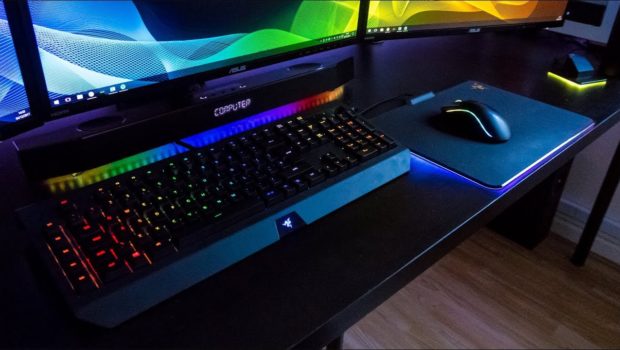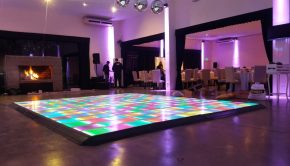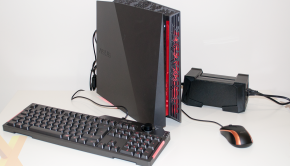How to Build a Complete RGB Synchronised Computer in 2018
If you’re building a new PC and have heard about using so-called RGB components, then you’ve come to the right place. In the following guide, we’ll delve into the basics and how you can ensure everything is synced for the best experience.
But first, let’s define what an RGB build is and what synchronisation means.
What is RGB?
When people talk about RGB in reference to computers, they mean Red, Green and Blue LED lighting.
You mean just sticking lights on your computer?
Not quite—in 2014 computer parts manufacturer Corsair released a mechanical keyboard with keys that doubled as Cherry MX switches.
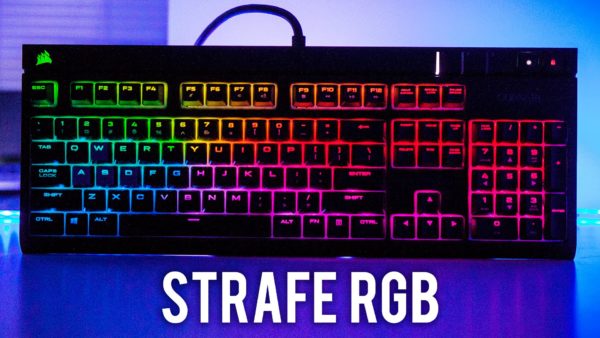
In short, each key could individually light an LED light in one of 16.8 million colours and the bundled software gave users control over your own rave-tastic light show.
You could do everything from lighting up the keys for a game to making a whole row of keys light up in correspondence with an internal fan speed or cool-down timer.
As time went on all sorts of computer components were made with RGB capability, and here you are trying to build a PC with them.
Tip: Needs funds for a new build? WeGot1000.com can connect you with online lenders offering up to $1,000 in a matter of minutes.
Common Parts to Light
While pretty much everything inside and out of a computer can be lit, some of the more common parts include the:
CASE: Go with at least a see-through side panel so you can see all of the interior magic lighting up. You might also want to invest in a shroud to hide the power supply and keep the cables tidy, so it doesn’t mess up the show.
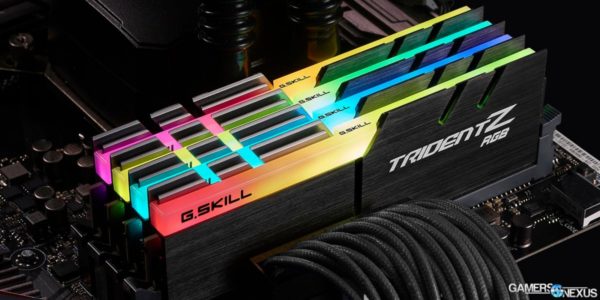
LED STRIPS: These are standalone strips that you can stick or otherwise place inside and outside your machine and connect to the motherboard for controlling with software. This way you do not necessarily have to buy hardware that has its own RGB features.
MOTHERBOARD: The motherboard itself may come with lights and absolutely must be compatible with other RGB components to light anything to begin with.
RAM: RAM can now be purchased with various sections on top that can light up if its receiving power.
FANS: What can be more fun than spinning lights?
What is Synchronisation?
Synchronisation is the process of getting all of your RGB components to be recognized and work together. You want them to display in some uniform way, at the right speed, without clashing.
You’d think that would be quite easy, but manufacturers have chosen not to come together in hope that one of them will dominate. 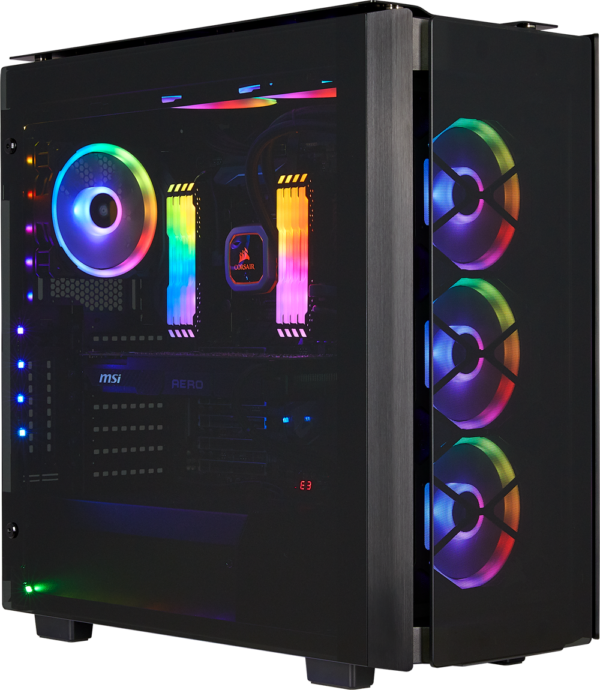
In other words, buying different brands of RGB components generally doesn’t allow them to function together.
The good news is that motherboard manufacturers have started to standardise RGB connectors and controllers, but it still might be best to aim for Aura compatibility throughout your build…
Aura Compatibility
One brand doing things right is Aura by Asus and if you’re building your PC from scratch then it’s easy to get all the right parts because individual component makers are now manufacturing to the Aura RGB standard.
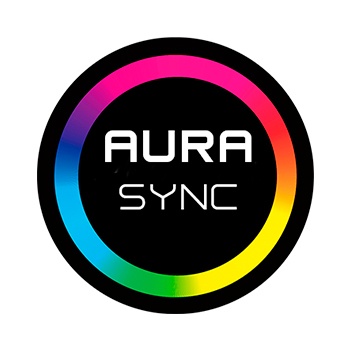
What this means is you can buy an Asus Aura motherboard and then any RGB components you want to sync will need to come with the Aura compatibility marker.
For example, Deepcool LED strips and Logitech RGB mice & keyboards are Aura compatible. You can find everything from cases to RAM that will light up and are Aura-ready.
Once you fire up your new build, simple use the Aura Sync software and synchronise the lighting the way you want to.
The software allows you to turn it all on or off, select different pre-sets like ‘color cycle’ or ‘rainbow,’ and you can go deeper and control each individual aura-compatible component.
Do You Need to Sync?
With all this talk of syncing, you might be fooled into thinking this is a requirement, but you don’t necessarily have to control all of your lighting via one source. Perhaps your monitor isn’t Aura-ready, but you can just set it manually instead.
Unless you have an elaborate light show with many different components, you do not need to synchronise.
Is It Worth It?
RGB LED lighting tends to attract gamers with their see-through cases, liquid cooling, and RAM heavy setups, but there is no functional benefit to doing this. In fact, you may be opening yourself up to more problems as more can go wrong.
Ultimately, it is about aesthetics and not functionality or performance. A glowing graphics card will work just the same as its no-glowing counterpart.
Another consideration is the price. Fitting out everything with RGB does cost more and isn’t something you’d want to do on a budget.
The good news is that as time moves on, using RGB is becoming easier and more standardized, so if you put it off because it seemed too complicated now’s the time to jump in!
Have you used synchronised RGB LED lighting in your own computer build? Let us know your tips and experiences in the comments below!

